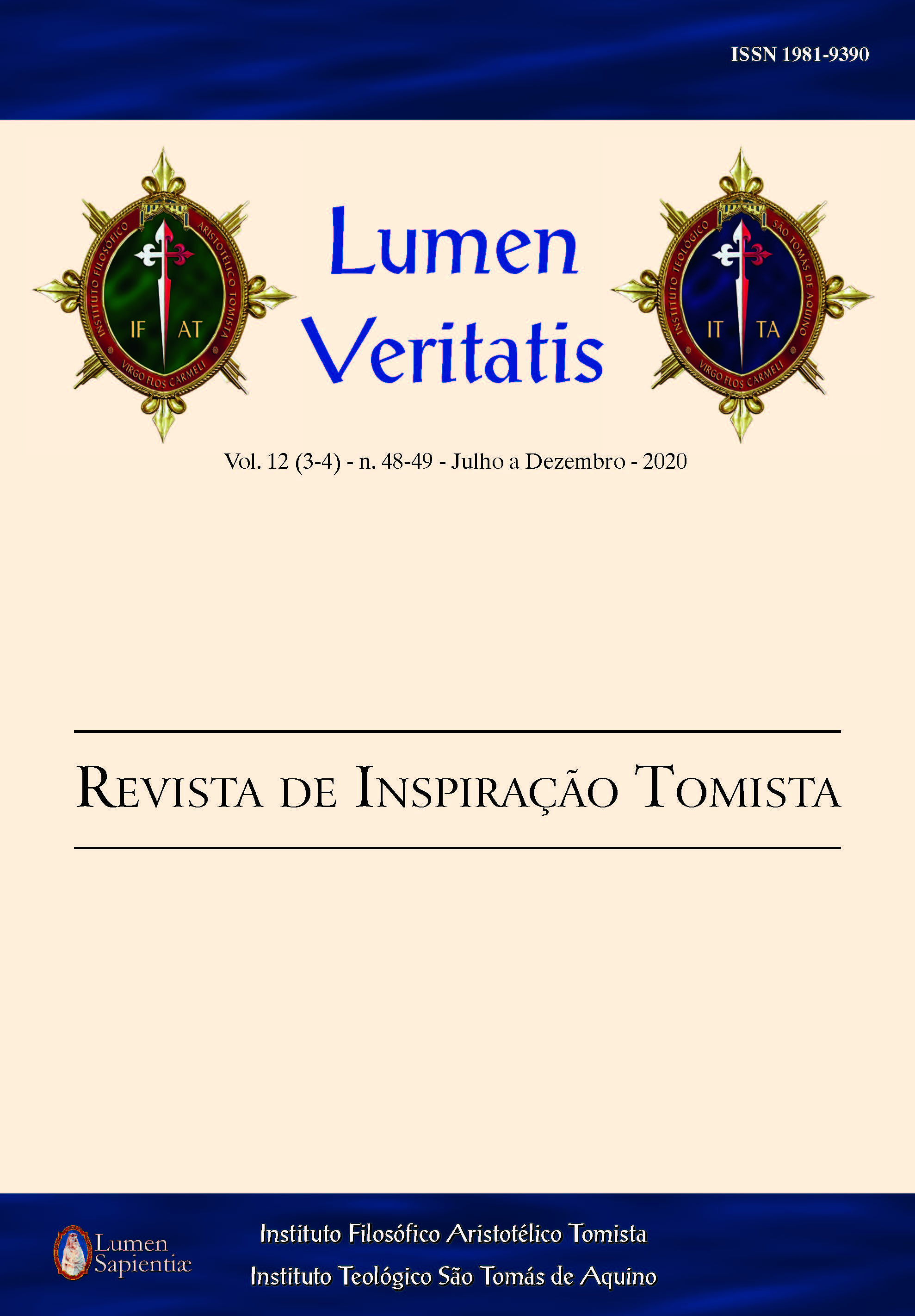Most read articles by the same author(s)
- Carlos Javier Werner Benjumea, Reflexões sobre a relação de arte e fé segundo Joseph Ratzinger , Lumen Veritatis - Thomistic Journal | Philosophy Theology | Aquinas: Vol. 5 No. 21 (2012): Ano da Fé
- Carlos Javier Werner Benjumea, O carisma dos Arautos do Evangelho e a perspectiva moral do seguimento de Cristo , Lumen Veritatis - Thomistic Journal | Philosophy Theology | Aquinas: Vol. 4 No. 17 (2011): Arautos do Evangelho: Reflexões sobre o carisma
- Carlos Javier Werner Benjumea, João Scognamiglio Clá Dias. São José: quem o conhece? , Lumen Veritatis - Thomistic Journal | Philosophy Theology | Aquinas: Vol. 10 No. 39 (2017): Miscelânea
- Carlos Javier Werner Benjumea, Italo Virgilio Francalanci. Grazia e relazionalità. La dimensione relazionale della grazia in san Tommaso d’Aquino , Lumen Veritatis - Thomistic Journal | Philosophy Theology | Aquinas: Vol. 7 No. 28 (2014): Epistemologia Teológica
- Carlos Javier Werner Benjumea, Congregazione per la Dottrina della Fede. Sul Battesimo , Lumen Veritatis - Thomistic Journal | Philosophy Theology | Aquinas: Vol. 10 No. 40 (2017): Miscelânea
- Melchor Cano, Carlos Javier Werner Benjumea, Sobre a utilidade da História humana para a Teologia , Lumen Veritatis - Thomistic Journal | Philosophy Theology | Aquinas: Vol. 8 No. 32 (2015): Teologia e História






